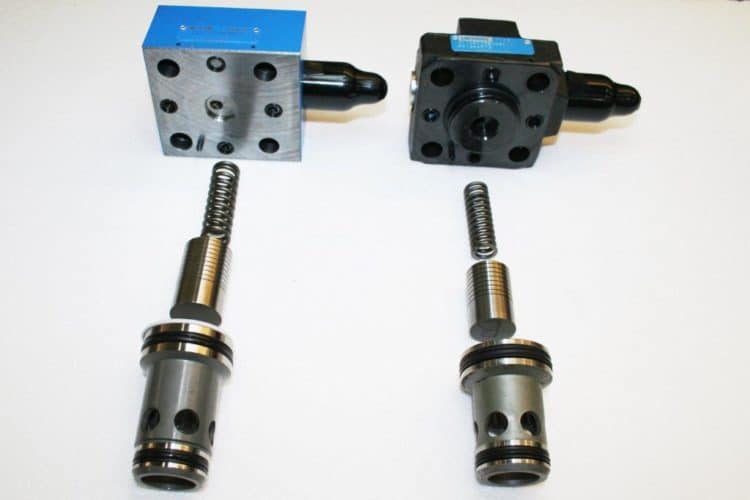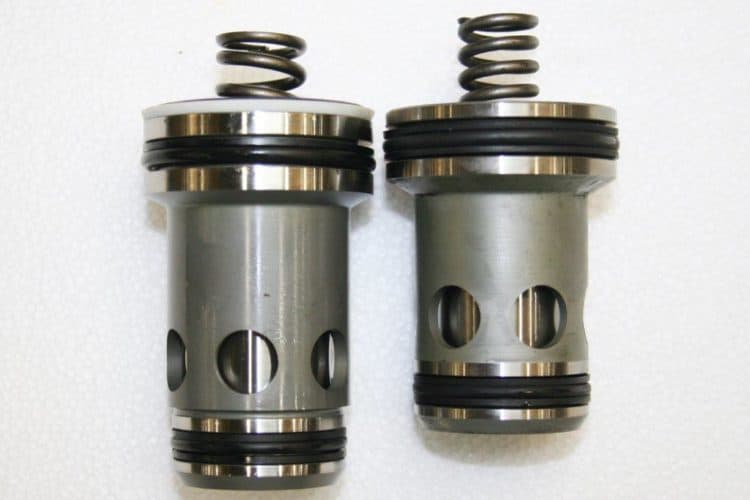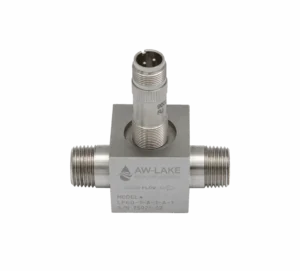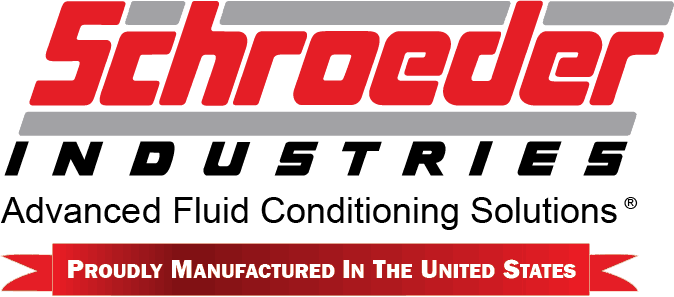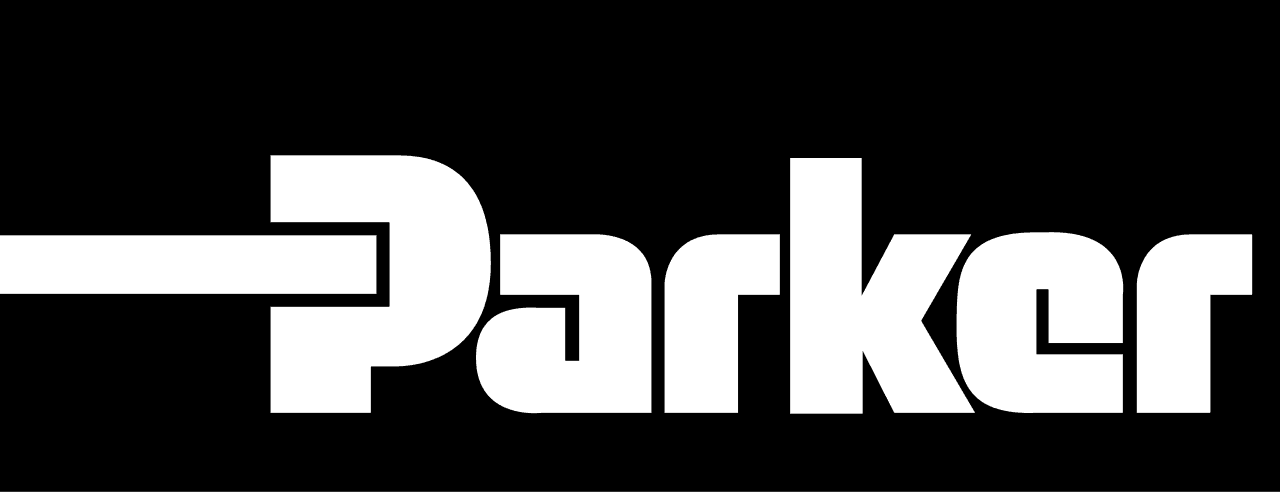Paul Badowski | September 15th, 2014
Off the shelf hydraulic valves are plentiful – they come in many sizes with hundreds of spool and solenoid combinations. With all of the cataloged valve sizes available, you may ask, “why would I need a custom valve solution?”
But, in high flow, rapid cycle hydraulics, it can become necessary to custom design a valve solution for a particular cylinder motion. Let me highlight an example!
Application Example
You have:
- An 8″ bore cylinder
- 5″ rod with a 150″ stroke
- Needs to cycle extremely fast
This is a pressing application which does not usually see a heavy load until the end of the stroke and you have 250 GPM of hydraulic flow available for service. Because the load is only heavy at the end of the stroke, I can use regeneration to “put the rod flow back into the cap of the cylinder”, to increase cylinder speed.
If I look in a standard valve catalog, I might be able to use an off the shelf D10 valve, which is rated for 290 GPM flow. Utilizing 250 GPM of cylinder flow and a standard valve, I can get a theoretical cycle speed in and out of approximately 14.22 seconds.
What Seems Like A Solution Tends Not To Be
Now, if I can utilize the rod flow (instead of dumping it back to the tank), add it to the pump flow, and combine both flows to move the cylinder faster – for approximately 125 of the 150″ of stroke – I can reduce my cycle time to 6.47 seconds.
Ok, that looks great on paper, but now there’s a problem! I need a valve that can divert the rod flow, but only when I want it to, from going to tank and send it to the cap of the cylinder. Since the cylinder is now moving so fast, we now have some extreme flows being generated:
- 390 GPM out of the rod end during regeneration
- 640 GPM combined into the cap end during regeneration
As you may have noticed, this surely exceeds the 290 GPM rating of a D10 valve! Even if I put two D10 valves next to each other on a manifold, I would still not reach the 640 GPM combined flow.
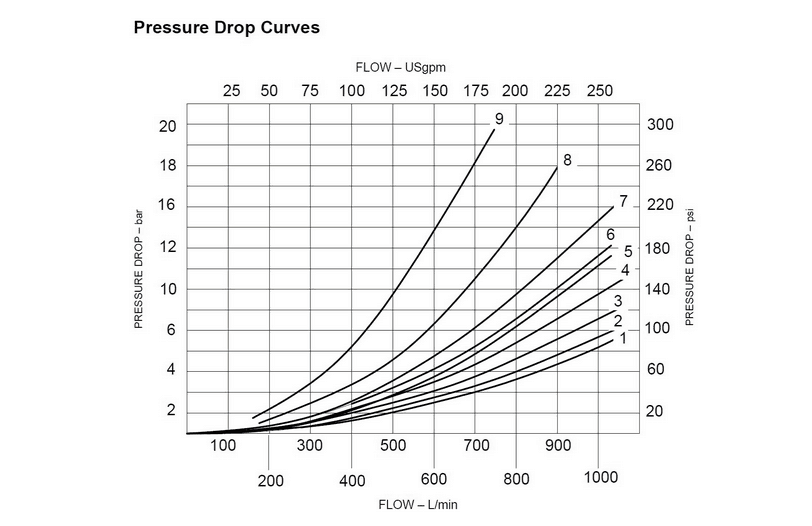
Depending on the type of spool you use for your D10 directional control valve, your flow path math may have a reduction from the catalog stated maximum of 290 GPM to 85 GPM or your pressure drop through that flow path might increase dramatically.
The Custom Solution
This is where a custom solution is preferred. The answer is to utilize Slip In Cartridge Valvetechnology. With Slip In Cartridge Valves, you can pick a specific size valve for each flow path. An off the shelf valve, be it P-T, P-A, P-B, A-T, or B-T, all utilize the same spool and virtually the same size flow patch. With Slip In Cartridge Valves, you can get each of those flow paths customized for a specific flow requirement.
In addition, you can separate the control of each function to allow for very precise control of such a large amount of oil. It may be necessary to add proportional control, timing functions, staging functions, or safety functions which are not possible with an off the shelf solenoid valve.
In a slip-in manifold, also referred to as DIN cartridges, we may utilize 3-6 solenoid valves to control a cylinder function, in place of the normal single or double solenoid. DIN Cartridge are available in standard sizes ranging from 16mm to 100mm in diameter, with flow rates from 24 GPM to over 1450 GPM.
By changing the area of the insert, top to bottom ratio, and the porting of the covers, we are able to come up with thousands of combinations for multitudes of hydraulic applications.
The components of a DIN Slip In Cartridge Valve – The Insert, Poppet, Spring, and Cover. Available in sizes from 16mm to 100mm, designated by the DIN ISO cavity size, and flows from 1 – 1450 GPM.
Cross Company Custom Solutions
Cross and our engineers have worked with our customers to custom design manifolds for these high flow applications. We will take into account the mounting location, porting requirements, weight restrictions, and access limitations to design a block which will do the job.
Cross will then assemble the manifold and supply a custom block to our customer.
Once through the design process, buying a custom manifold is similar to buying an off the shelf D10 valve – just call Cross and order a single part number for a complete assembly.
Eaton has recently updated their line of slip-in cartridge valves. The new Eaton DIN Cartridge valves have 20+% increases in flow rates based on size. The new Eaton design utilized a flat cover which allows the insert to be longer, which allowed for the increase in flow.
The same size machined cavity, but due to the change in the cover design, the insert is much larger which increases the Eaton DIN Slip-in Cartridge valve flow dramatically!

